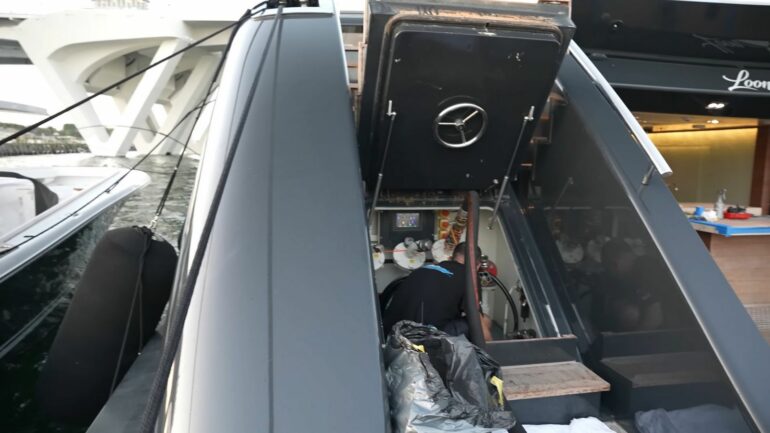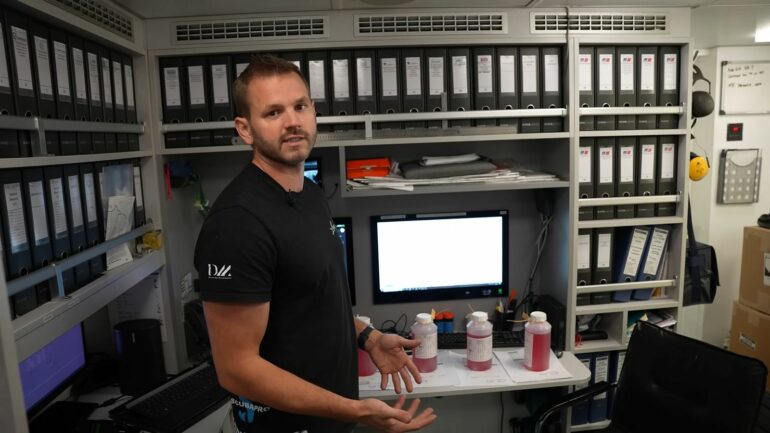Sometimes, a movie or series’ behind-the-scenes (BTS) action is more captivating than the main show. Similarly, some aspects of a ship may not shine as brightly as its grand saloons, wellness centers, bars, and outdoor cinemas, but they hold their own unique intrigue. Fueling a superyacht is one such BTS facet that caught our eye—an underrated yet massive operation that rarely gets the spotlight. One of the most active superyachts on social media, Motor Yacht Loon, is a 223-foot-long vessel worth $50 million. It may not be the biggest boat, nor as imposing as the floating giants like the Koru mega yacht or Mark Zuckerberg’s latest acquisition, the $300 million Launchpad, but it commands attention owing to its refueling process. A video by the yacht’s YouTube channel takes viewers through what goes into fueling the medium-sized luxury vessel, which guzzles 133,000 liters of fuel for a voyage across the Atlantic Ocean.

As Motor Yacht Loon prepares for her journey, the first step is bunkering. It involves a plan to fill the tanks in a uniform manner to avoid any tilting of the vessel. The captain, chief officer, and engineers are part of this process.

An engineer checks all the points from the bunker checklist, which includes SOPEP and machinery checks for oil spills, and completes the checklist before the fueling process even begins.

A crew member is seen atop the fuel tanker. He ensures the fuel levels are correct and there
is no contamination or cloudiness in the fuel, in which case it is returned.

Opening of the valves starts the transfer of fuel into the superyacht. A huge pipe is attached to the valve to transfer the fuel. During this time, a red flag (Bravo flag) is hoisted to let other vessels in the surroundings know that the Loon yacht is bunkering, and the time is noted.

The glass reveals the high-speed transfer of the fuel. As the Loon yacht will load a whopping 133,000 liters of fuel, she will require five trucks to complete the task. Each truck holds around 25,000 liters.

Fuel samples are also collected in different bottles for purposes such as checking the quality of the fuel over a one-year period, checking for contamination, and sending the sample to the company.

The monitors display the fuel capacity of the superyacht tanks. Once the monitor shows the tanks are full, the crew members turn off the valves and signal to bring down the Bravo Flag (B-flag).

In the case of the 223-foot Loon superyacht, the fueling process took a total of 5 hours. It started at 8:30 AM and ended by 1:30 PM. A total of five trucks took five hours to fuel the 1,295 GT vessel. The final step is paperwork, which includes making records in the logbook and completing delivery notes.

